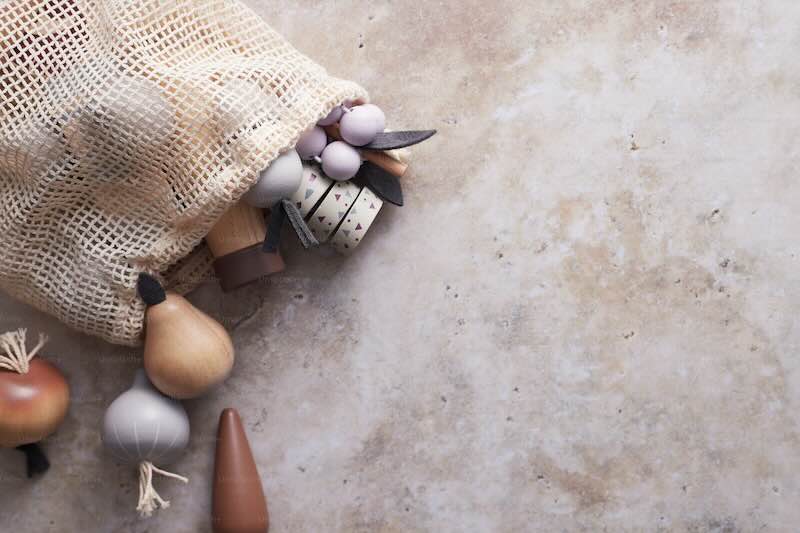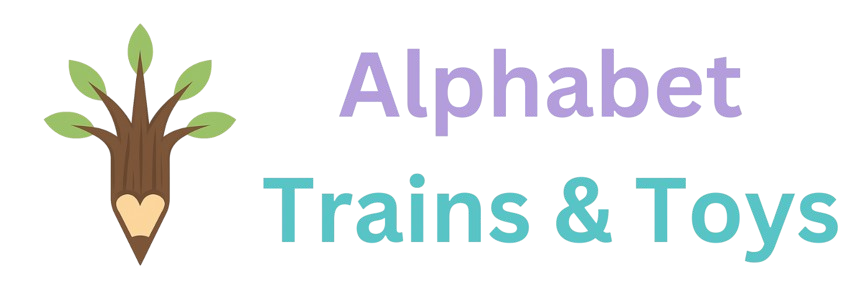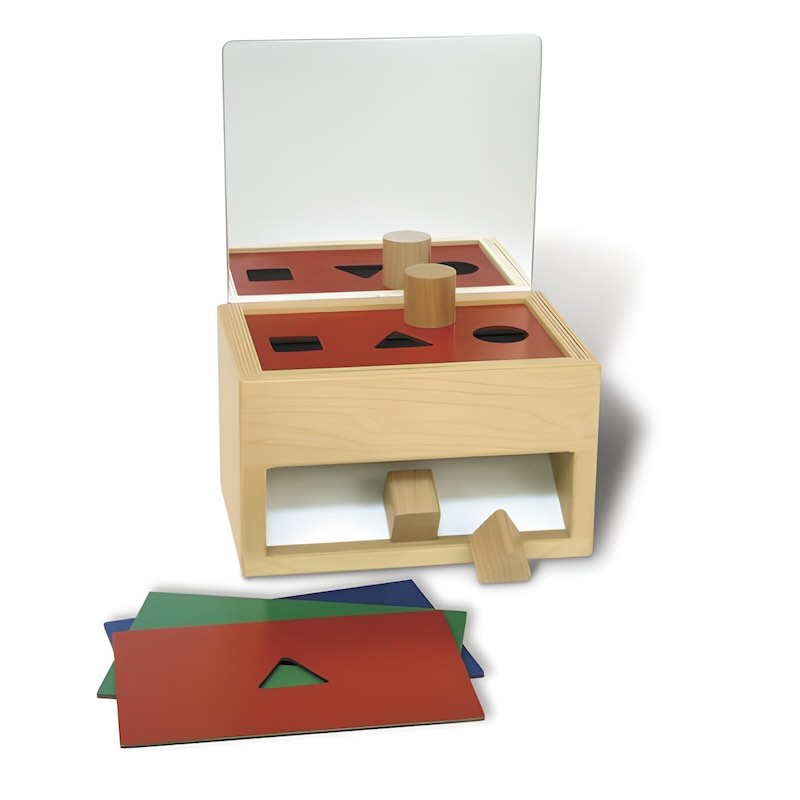The best sensory toys help babies, toddlers, and kids develop essential skills through hands-on learning and play. Research shows that sensory play supports cognitive growth, emotional regulation, and motor skill development. These toys engage touch, sight, and sound, promoting focus, creativity, and problem-solving abilities. From textured balls and fidget toys to sensory bins, each item encourages exploration and sensory integration. Ideal for all ages, sensory toys create meaningful learning experiences that nurture curiosity and developmental progress.
- FREE Shipping
Special Price $64.99 Regular Price $74.99
Let your child discover the world through Sensory Toys
Sensory toys are more than just fun—they play a crucial role in child development by engaging multiple senses and building essential skills. Research in child psychology shows that sensory play strengthens cognitive functions, fine motor skills, and emotional regulation in babies, toddlers, and kids.
Dr. Maria Montessori, a pioneer in child-centered education, emphasized the importance of sensory experiences in learning. Hands-on play helps children build neural connections by exploring textures, sounds, and colors. The best sensory toys—like textured balls for grip strength, fidget tools for focus, and auditory toys for sound recognition—support key developmental milestones.
For parents looking to help their children grow through play, Montessori sensory toys provide an engaging way to develop coordination, problem-solving, and attention skills. Whether for babies, toddlers, or older kids, these toys encourage hands-on exploration and learning at every stage. Give your child the tools to explore the world with confidence and curiosity. The benefits of sonsory play may surprise you.
Types of Sensory Toys
Visual Sensory Toys
This group includes toys like color gradients, shape sorters, and pattern puzzles. These toys are great for helping kids see the differences in colors, shapes, and sizes. Improving in these areas helps with their visual skills and their ability to think and solve problems.
Auditory Sensory Toys for Kids
Musical instruments, sound boxes, and bells are part of this group. They help kids get better at listening, telling distinct sounds apart, and developing their language skills.
Tactile Sensory Toys for Toddlers
Toys like textured cloths, letters made of sandpaper, and shapes that feel different or change temperature are special. They help kids learn to use their hands well. They also help them notice different feelings like rough or smooth, and tell if something is hot or cold.
Olfactory and Gustatory Sensory Toys
Scent jars and tasting activities are designed to sharpen a child’s sense of smell and taste. They motivate the child to recognize and tell apart different smells and flavors.
Kinesthetic Toys
Balance boards, walking ropes, and things like beads for threading are great for helping kids. They teach kids how to use their big muscles (gross motor skills), stay balanced, and have good spatial awareness. Spatial awareness is understanding where you are in space and how other things are around you. It’s like knowing how to move in a room without bumping into things
Montessori Practical Life Materials
Some toys and activities aren't just for fun—they're also key for learning. Doing things like pouring drinks, using forks and spoons, working with buttons and zippers, or locks and latches teaches kids important skills. These skills involve using the small muscles in their hands, getting their hands and eyes to work together. In addition, they help kids pay close attention to small details. These abilities are quite important because they help with everyday tasks and schoolwork.

Skills Developed Through Sensory Toys
Fine and Gross Motor Skills: Through manipulation of toys, children develop both fine motor skills (such as pinching and threading) and gross motor skills (such as balancing and walking).
Cognitive Skills: Sensory toys stimulate problem-solving, memory, and the ability to differentiate and categorize objects, fostering early mathematics and language skills.
Social and Emotional Development: Sharing, taking turns, and engaging in cooperative play with sensory materials helps develop social skills, empathy, and emotional intelligence.
Language Skills: Naming objects, describing experiences, and discussing what they learn through sensory play enhance vocabulary and language comprehension.
Sensory Processing Skills: These toys help children learn how to process and respond to sensory information, which is fundamental for learning and interacting with the world around them.
Best Sensory Toys for Specific Needs
🔹 For restless toddlers: Fidget spinners, weighted lap pads, and chewable necklaces.
🔹 For improving focus: Light-up toys, sensory bins, and kinetic sand.
🔹 For motor skill development: Tactile puzzles, textured balls, and shape sorters.
🔹 For language learning: Auditory toys, interactive books, and sound puzzles.
Why Experts Recommend Sensory Play
Child development research shows that sensory play builds neural connections, improving learning ability. Montessori educators emphasize hands-on experiences as essential for childhood growth. Sensory toys allow children to explore, experiment, and process information in a meaningful way.
Whether you’re a parent looking for tools to help a child focus or an educator creating a sensory-friendly classroom, these toys provide engaging ways to enhance learning and development. Learn more about the different types of Montessori toys in our comprehensive guide.
| Feature | Sensory Toys | Standard Toys |
|---|---|---|
| Sensory Development | ✔️ Enhances touch, sight, and motor skills | ❌ Limited or no sensory benefits |
| Cognitive Growth | ✔️ Boosts problem-solving and learning | ❌ Focuses primarily on entertainment |
| Montessori-Aligned | ✔️ Yes, supports hands-on learning | ❌ No specific educational value |
| Safety | ✔️ Made with non-toxic, safe materials | ❌ Varies depending on brand |
| Emotional Development | ✔️ Encourages emotional regulation and mindfulness | ❌ Often overstimulates and distracts |
| Durability | ✔️ Long-lasting and eco-friendly | ❌ May break easily, especially plastic toys |
| Parental Engagement | ✔️ Encourages parental involvement and guidance | ❌ Often used without parental interaction |
Discover Our Complete Montessori Toys Collection
Explore our entire range of Montessori Toys, including American-made options and beyond. Foster hands-on learning, creativity, and development with toys designed for all stages of growth.
Browse Montessori Toys



















